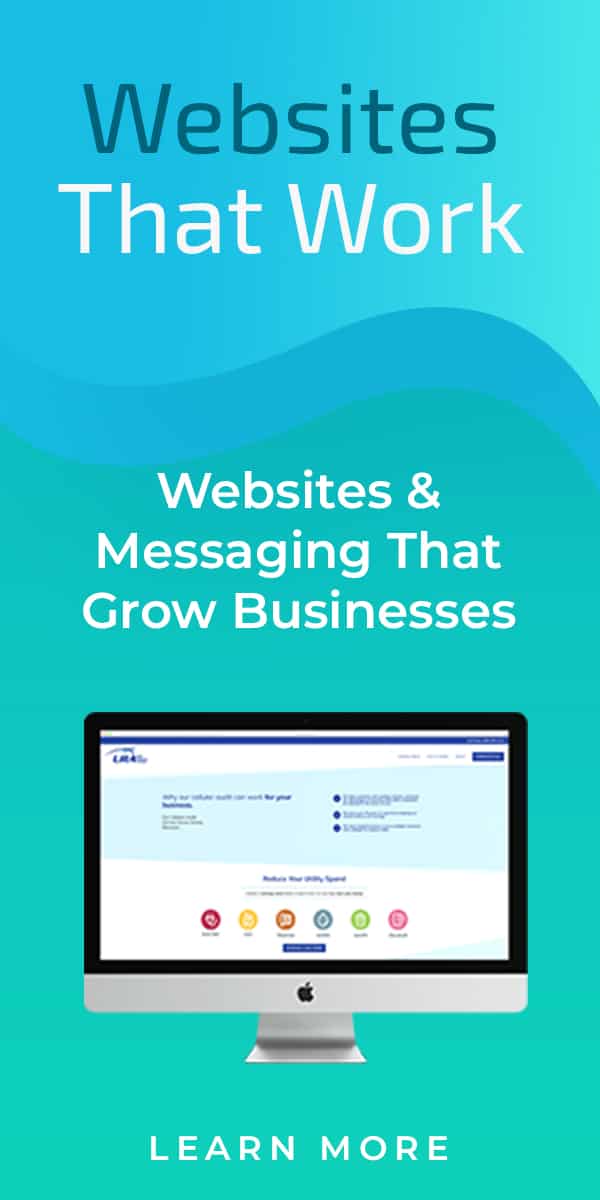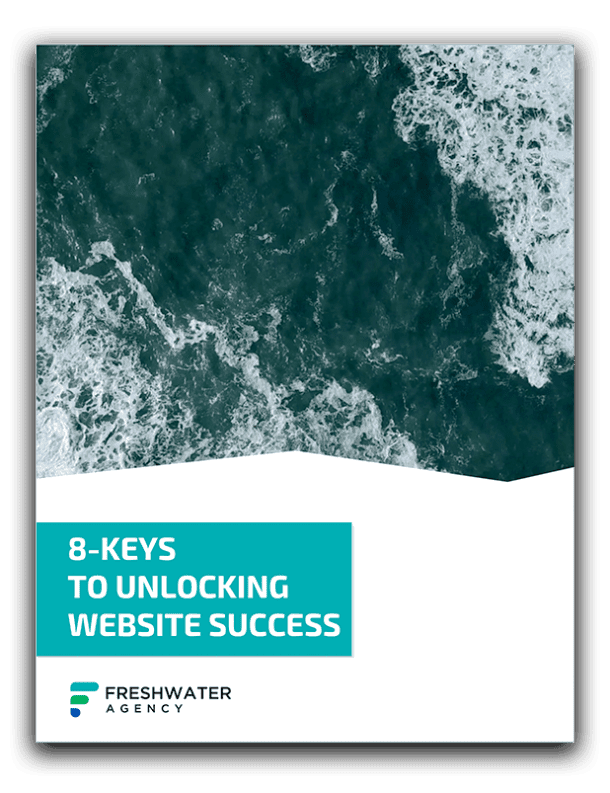Pros and Cons of Prebuilt WordPress Themes
There are several great reasons to use WordPress and the vast plugin and theme ecosystem is a big one. Themes built exclusively for reuse or resale — what we’ll call pre-built themes in this post — can be a fantastic solution when time or cost issues arise.
The main purpose of a prebuilt theme is to create a professional looking website, without the price tag that can sometimes accompany custom developed site. A second and almost equally compelling reason to use a pre-built theme is turnaround time. It’s realistic to have a well-designed website up and working within a week (depending on the amount of content your site needs to have in place).
As you can clearly see, there are some definite advantages to creating your website with a pre-built theme.
Let’s take a look at a few:

Pro: Prebuilt Themes Are Usually Flexible
Prebuilt WordPress themes are usually designed to be flexible and oftentimes include advanced customization features beyond what might exist in a default or custom theme. Advanced style and layout editors, custom plugins and thousands of other options that empower anyone with a mouse to completely redesign a website are usually included and can afford an almost unlimited number of various for a single theme. They may also include dozens of page template options, pop-ups, animation, sliders, ecommerce support and much, much more.
Because prebuilt themes exist to cater to as many use cases as possible they contain an almost absurd number of features and usually work well for any type of website. A local restaurant, a national medical consultant and a multinational corporation could use the same prebuilt theme and it would be almost impossible to detect without digging through the site markup or code.

Pro: Prebuilt Themes Are Usually Inexpensive
Prebuilt themes can be surprisingly inexpensive and there are literally thousands to choose from. Between free themes from the WordPress Community and paid themes from ThemeForest — one of the largest WordPress theme marketplaces — there are roughly 7,500 themes to choose from.
On ThemeForest the most expensive WordPress themes are $64. That’s pretty standard pricing for high-end prebuilt WordPress themes because they’re designed and developed with a large initial cost and an expectation of sales volume to recuperate expenses. One of the more popular WordPress themes from ThemeForest is Cheope Shop for $64 which has been sold 2,632 times and, depending on ThemeForest exclusivity, has a net author earning of $60,641-$117,913 or more! (Note: figures may change over time and may vary depending on licensing details.) Sales volume and competition are two key reasons prebuilt themes are priced to sell.
Pro: Prebuilt Themes Are Usually Actively Maintained
Buyers of prebuilt themes join thousands of other customers in supporting the ongoing development of a theme. The more users of a theme there are the better the chances that bug fixes, features and other changes will be added by the theme author and appear as a free update in the WordPress dashboard.
Theme authors are beholden to reviews and effective support methods because without positive customer feedback to support their rankings in the various theme marketplaces, their use rate will drop and sales will dwindle. It is very much in their best interest to quickly respond to customers and address issues — at least until they’re happy with the money they’ve earned.
So yeah, I guess you could say pre-built themes are pretty great! I mean, it really is amazing how far technology has come over the past decade… but all that glitters is not gold. Let’s take a peek at a few drawbacks of pre-built WordPress themes.

Con: Prebuilt Themes Can Have Hidden Costs
Time saved utilizing a pre-built theme can be offset by time spent setting the pre-built theme up. To get a pre-built theme looking good or on par with screenshots or demos can require complex shortcodes — think advanced, WordPress-specific code. It can can also require changing hundreds of theme options, installing and configuring dozens of plugins and learning about other theme-specific features. This technical work can have a huge cost and require professional assistance. The same can be said for off-the-shelf WSIWYG platforms (read: Wix and (or) Squarespace), it’s never quite as easy as shown.More often than not, your time and money is better spent contracting a professional.

Con: Prebuilt Themes Can Be Too Generic
Pre-built themes are often very safe, sterile and sometimes rather boring. It can feel like driving through the suburbs and checking out the same tan-colored houses on every block. Without anything to differentiate a site, without some creativity or soul, visitors are left with a rather bland experience.
Con: Pre-built Themes Can Be Insecure
Prebuilt themes often use third-party frameworks, templates, editors, panels and more that themselves utilize third-party libraries. One weak link in this chain of libraries can lead to massive security holes theme authors might not be aware of that allow attackers to compromise a website. A compromised website can leak customer data, serve malicious code to users, redirect to illicit websites, and more all at the whim of the attackers. If a website isn’t properly backed up a compromise could mean hours of fixes and cleanup or even scrapping the entire website. (We’ll detail WordPress security best practices in an upcoming post.)
If a website handles user or customer data these security holes can lead to data breaches that make sensitive data public. eCommerce websites are often required to be PIC-compliant and an insecure pre-built theme can lead to non-compliance and jeopardize merchant services for the entire business.

Con: Pre-built Themes Can Lock You In
WordPress was designed to be flexible and allow you to change your theme, add/remove plugins and more without worrying about having to recreate or rearrange your content. However, because of the non-standard customization settings provided with many pre-built themes, it can be difficult to switch from one theme to another. This can be a very frustrating issue to confront, especially when you’re used to the flexibility that WordPress had to offer.
Overall, your decision to purchase a pre-built theme really depends upon your goals, budget, time, and technical ability. Using a pre-built theme or a WYSIWYG platform, can be very appealing — especially when your time and (or) budget is limited. However before you make a decision about how to move forward with your new website, consider the pros and cons above, chat with others who have gone through the process, and talk with a website development professional (estimates are almost always free).


